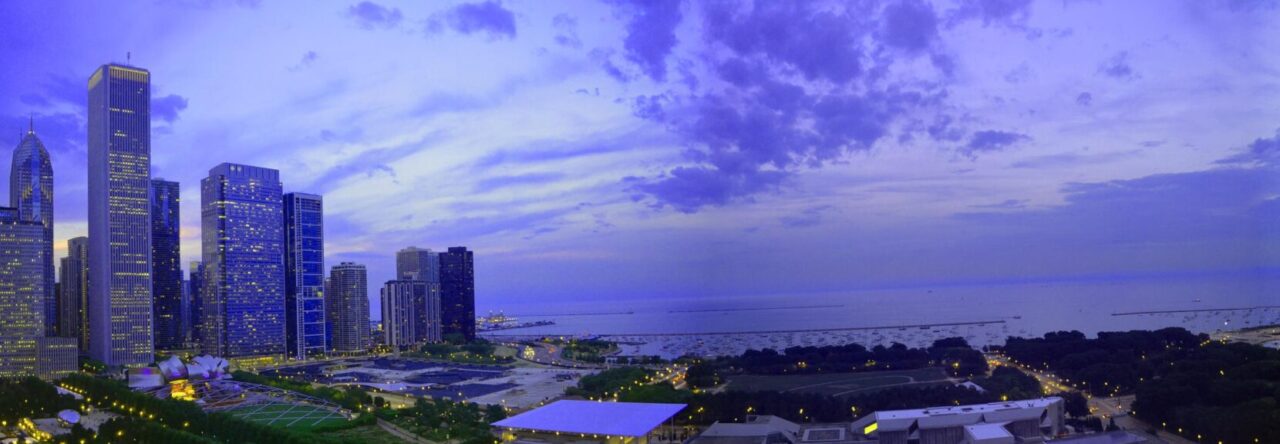So I will admit: I am out of my league when it comes to municipal finance. As a transportation planner for a major transit agency in Chicago, I am not expected to know much about municipal finance in my professional line of work. But I do know a bit about Strong Towns. And after recently purchasing Charles Marohn’s guidebook, Thoughts on Building Strong Towns, I feel educated enough to point out what makes a strong town and what does not. Which brings me to the point at hand.
The Chicago Tribune (behind free registration and/or paywall) ran a rather insightful, if completely depressing, article on the ability of towns in Illinois to borrow incredible amounts of money with very little state (or even local) oversight:
That’s because Illinois law allows even the smallest of towns to tax, spend and borrow like the biggest of cities. Municipal advocates insist that home-rule power has largely improved towns, but the Tribune found suburb after suburb has gone deep in the hole over projects ranging from buying a roller rink to building condos — ventures far beyond the basics of building roads and sewers…
Critics say Illinois’ loose rules invite those dangerous conditions by eliminating fundamental checks and balances: Those borrowing the money — residents — may have little chance to vet the plans. And those lending the money — investors — may care little about the details, so long as the town leaders agree to boost taxes as high as needed to pay off the debt.
The ability of Illinois towns to borrow unseemly amounts of money is given to them via “home rule”. Home rule shifts many decision-making powers assumed by the State to the municipal corporation. In Illinois, it is triggered in one of two ways: either the municipality has grown to a population of 25,000 or greater in which home rule status is automatically acquired OR a municipality assumes home rule powers through public assent via referendum. Currently, over 70% of Illinois’ population lives under home rule status.
The issue with home rule status in this case is that the municipality has the ability to borrow large sums of money without a cap, without direct voter approval, and without state oversight. While local control is seen by many as a wonderful thing, when there is no oversight, these powers can lead to abuse. And they have:
- Officials in south suburban Markham raised sales and property taxes while borrowing $20 million mostly to buy a roller rink and build a senior apartment building — the latter named after the mayor.
- Northlake borrowed $14.5 million to build a 60-unit condo building that opened in 2009. The town cut prices and even helped finance mortgages, but about 20 units remain unsold.
- Country Club Hills built an amphitheater that doesn’t make enough to cover debt payments and typically loses $300,000 to $1 million a year, depending on what expenses are counted.
These are the things that make weak towns. In terms of the “Growth Ponzi Scheme” that Marohn has described, this is it.
I see the suburban experiment failing all around. From municipalities that cannot afford their poor development investments to crumbling infrastructure to raising the ability to borrow ever more amounts of money for no productive use, it is clear that our society cannot function like we once did. Sadly, it is articles like this that are only the beginning of our fiscal woes.







